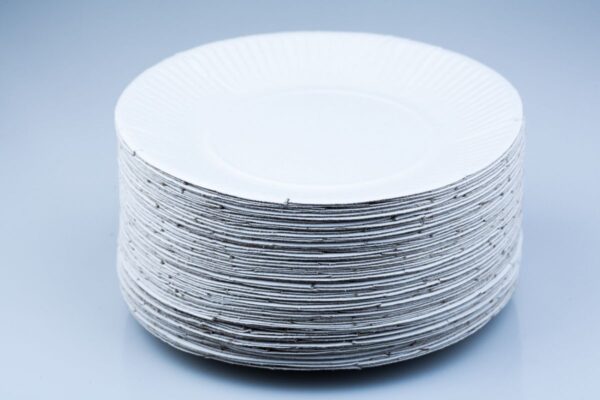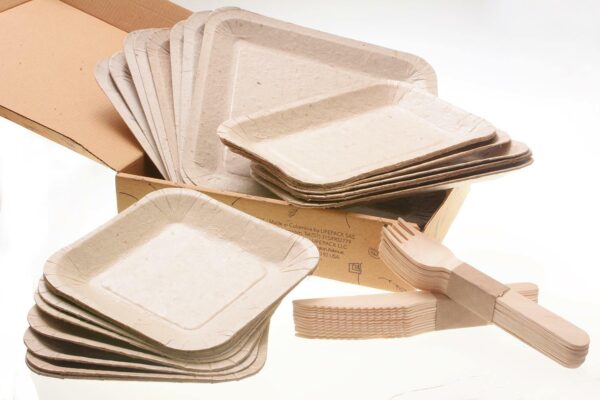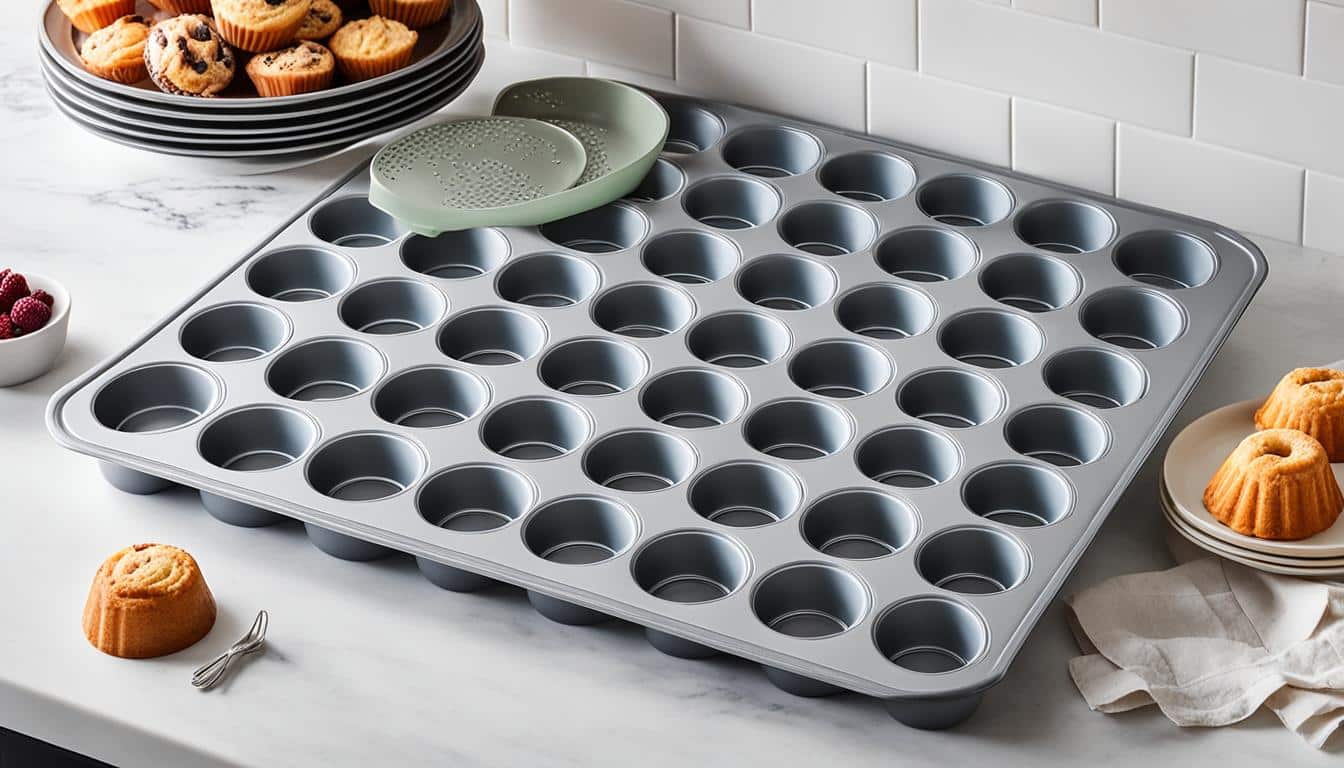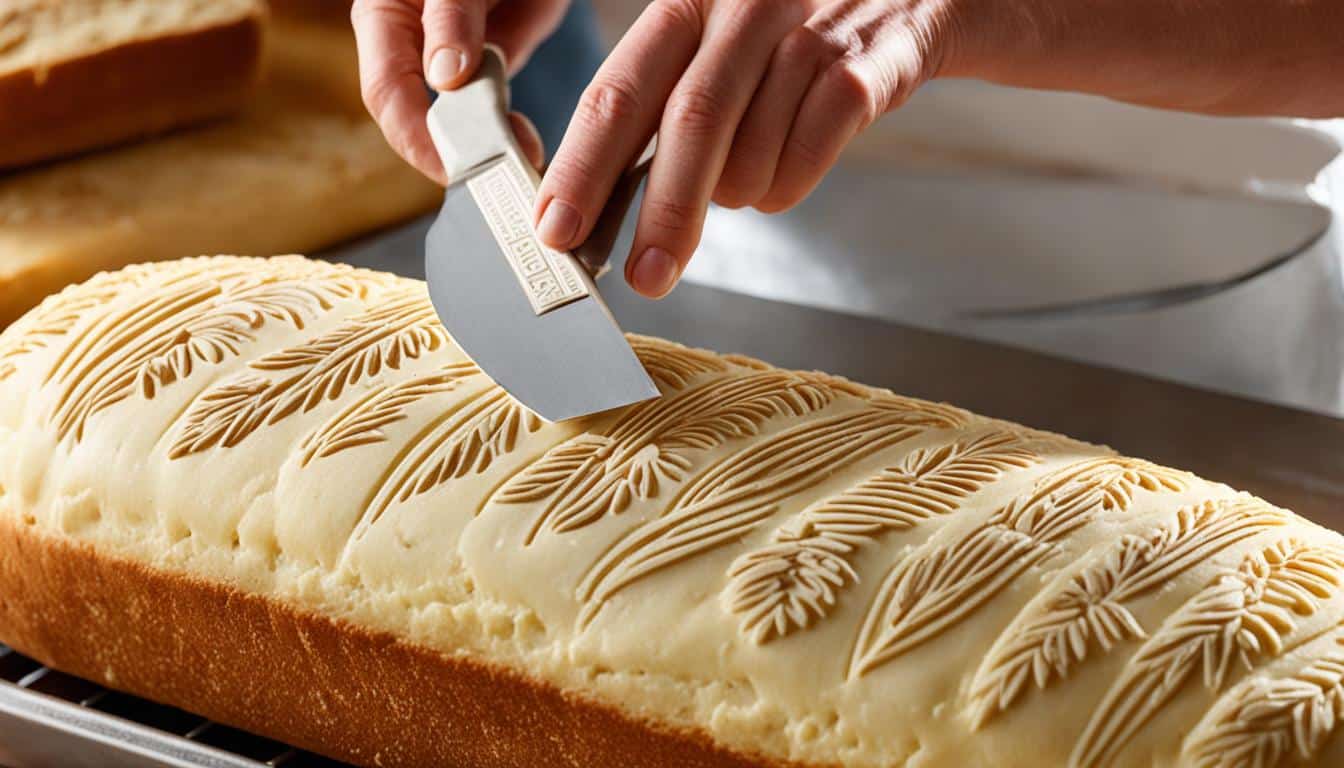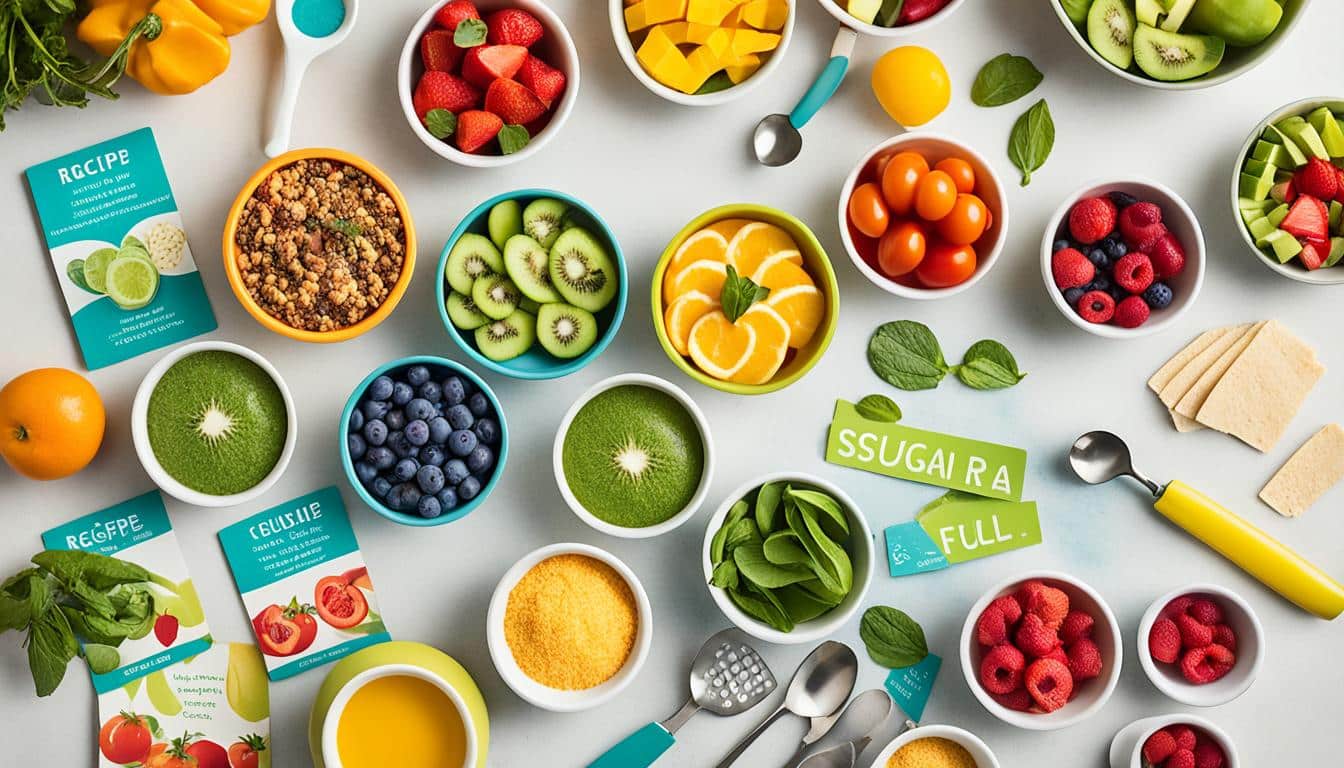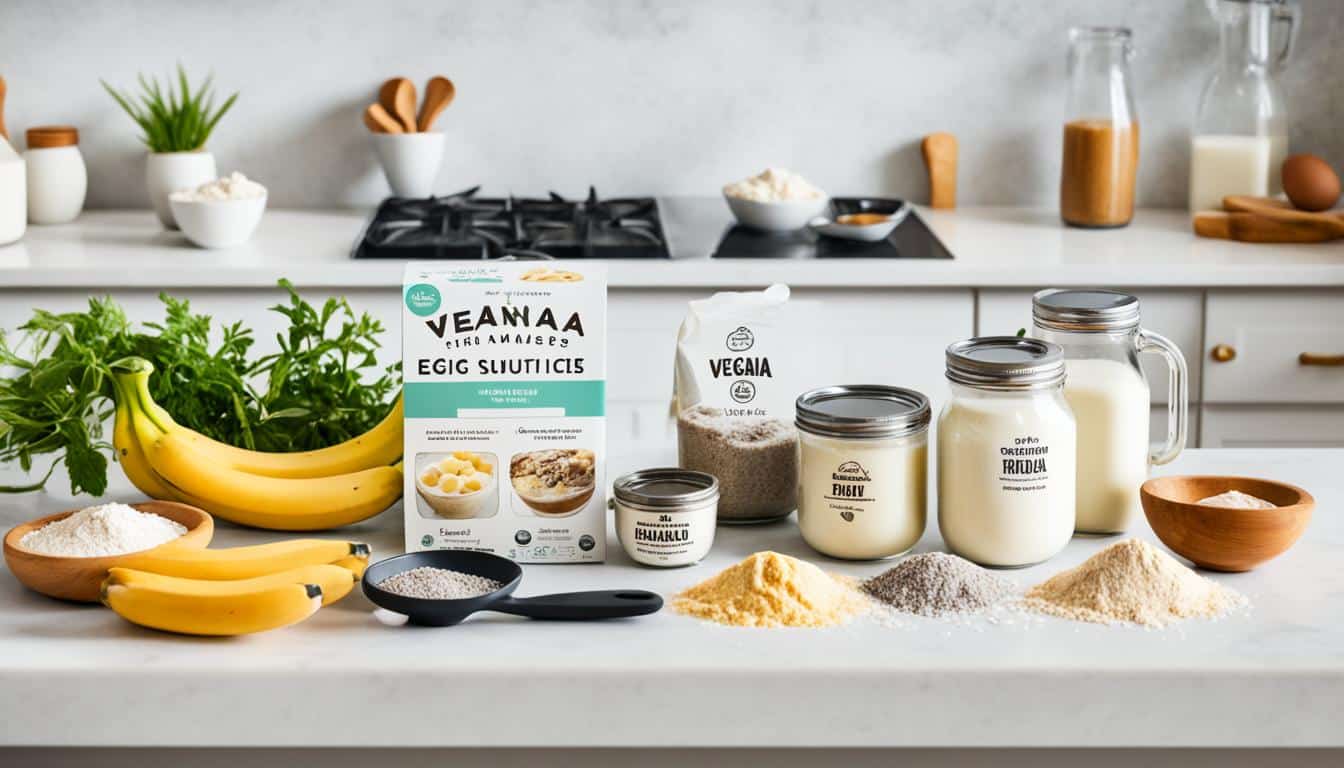
It’s not a good idea to put paper plates in the microwave. Paper plates are certainly much less expensive than dishes, but they don’t last long enough to justify their much higher price tag.
It is true that paper plates are recyclable, but it takes at least 500 years for them to decompose. There are many other alternatives to recycling old paper plates, including plastic utensils and washable cloths.
But if you insist on microwaving your paper plates, be prepared because the heat will cause the glue or adhesive holding the paper together to melt, which can create a gooey mess inside your microwave oven. If grease from food particles gets exposed to this same heat, there may also be a stinky smokey smell.
Paper plates are not good for the microwave because they can easily catch on fire. If you accidentally let your paper plate sit in the microwave too long, it may burst into flames. This is hazardous because even though many people think their microwaves have an automatic shut-off, this isn’t always true.
A small fire could continue to silently smolder inside while everyone leaves the house, assuming that the fire was stopped when in fact it could just be getting started behind closed doors. Also, there’s no guarantee that a kitchen towel will successfully put out every kind of grease or paper plate fire quickly enough to prevent damage to surrounding surfaces or contents.
Related Article:
Can A Toaster Oven Replace A Microwave?
Paper plates are created from recycled cardboard with chemicals and printing residues. These chemicals can produce poisons and other toxic gasses when they come into touch with other microwave oven materials, making paper plate meals unsafe to eat.
Some health experts say that it’s okay to use paper plates once before throwing them away, but most would agree that this is not an ideal practice.
For quick meals, paper plates are convenient, but most people can get better ones for less money.
There are ceramic dishes, recycled plastic utensils, glass containers with snap-on lids, and machine-washable cloths.
So don’t put paper plates in the microwave. They’re not safe for this use. And if you really want to save money, borrow or rent some dishware from a friend or neighbor instead of making wasteful disposable purchases that will end up adding unnecessary waste to landfills and oceans.
Can Paper Plates Go In The Microwave?
This is a common question, but it can be hard to find the answer with several false rumors out there.
The answer is that most plastic plates are not safe for the microwave due to very specific issues when microwaving certain types of plastics.
Some plates are microwave-specific.
Like boiling water or placing them on a hot burner, these plates should be microwaved with caution.
The dangers exist because microwaving heats items very quickly and unevenly.
“If your plate has scratches in it, don’t use it,” said Dr. Eudene Harry, an assistant professor at New York University’s College of Dentistry in New York City.
The microwaves heat the water and fats in foods unevenly, causing hot spots that can injure your mouth.
Plastics: Most Plastics Are NOT Microwave Safe!
Microwaving can release plasticizers and plasticizing agents from containers, which are normally isolated from food until microwaved, causing them to leach into the food. Plastingizers commonly used include Bisphenol A (BPA), Phthalates, Polyethylene Terephthalate (PET), and Acetamide Mea (AMA).
These chemicals may cause reproductive system alterations, immune system impairment, cancer risk, and early puberty in girls.
Plasticizers and plasticizing agents can cause cancer, obesity, DNA damage, infertility, and insulin-resistant diabetes.
According to the U.S. Department of Health and Human Services, BPA is harmful and cannot be used in products for children under 3.
Some suppliers have replaced BPA with bisphenol-S (BPS), which is just as bad or even worse than BPA.
A study at the University of Calgary shows that over 90% of all paper receipts contain BPA from the thermal ink used on them; that number climbs into the 100% range for grocery store receipts, which is particularly problematic considering the high number of receipts we all generate every day.
Frequently Asked Questions
Do dixie paper plates work in the microwave?
You probably can, but there is no point in microwave paper plates. Paper plates are not good for microwaves because the paper absorbs the microwave energy and heats up, which melts the plastic coating on the paper. If you want to make paper plates microwave-safe, you should use a microwave-safe bowl or plate to cover the paper plate. This way, the microwave energy heats up the plate, not the plate itself.
Can you put a paper towel in the microwave?
Yes, but be careful. The microwave will not damage paper towels or tissues if you do it right. You have to use one paper towel or tissue per microwave session. Don’t use more than one. They can dry your microwave out. Also, don’t put it near any metal parts of the microwave oven. The metal parts may heat up and trigger a fire. And just to be safe, don’t use them for an extended period of time.
Is it possible to microwave Styrofoam plates?
Yes, you can microwave styrofoam plates, but I would strongly advise against it. Styrofoam contains pollutants. When heated, these pollutants will be released into your food. So you are eating your food cooked in an unhealthy microwave and filled with styrofoam toxins. You should better use glass or porcelain plates.
What can you not put in a microwave? Microwave-safe plates?
Microwaves do not heat food. They only cook food. Microwaves excite the water and fat molecules and cause them to rotate and rub against each other. The friction between these molecules creates the heat. The rubbing of the water and fat molecules together creates friction, and this friction creates heat. Water molecules and fat molecules are always present in food. These molecules do not change sizes real fast.
The microwave excites the molecules, and the friction heats up your food.
Proper cooking depends on sufficient water and fat content. Inadequate levels of these may hinder the cooking process. Food requires water and fat for cooking.
Because the water is always there with the food then you can cook your food.
Summary:
We hope that this article has helped you to understand that you can use plastic plates in the microwave. Many people ask us this question because they are unsure about the safety of the plastic. It is understandable because there are many different types of plastic out there, and it can be hard to tell which is safe for your microwave.
The best way to be sure is to check the bottom of the plate. If there is a number inside the recycle symbol, you can place it in the microwave.
References:
- Consumer Reports: “Microwaving Plastic: Is it Safe?”
- FDA – “Microwave Oven Radiation”
- Harvard Health Publishing: “Microwaving food in plastic: Dangerous or not?”
